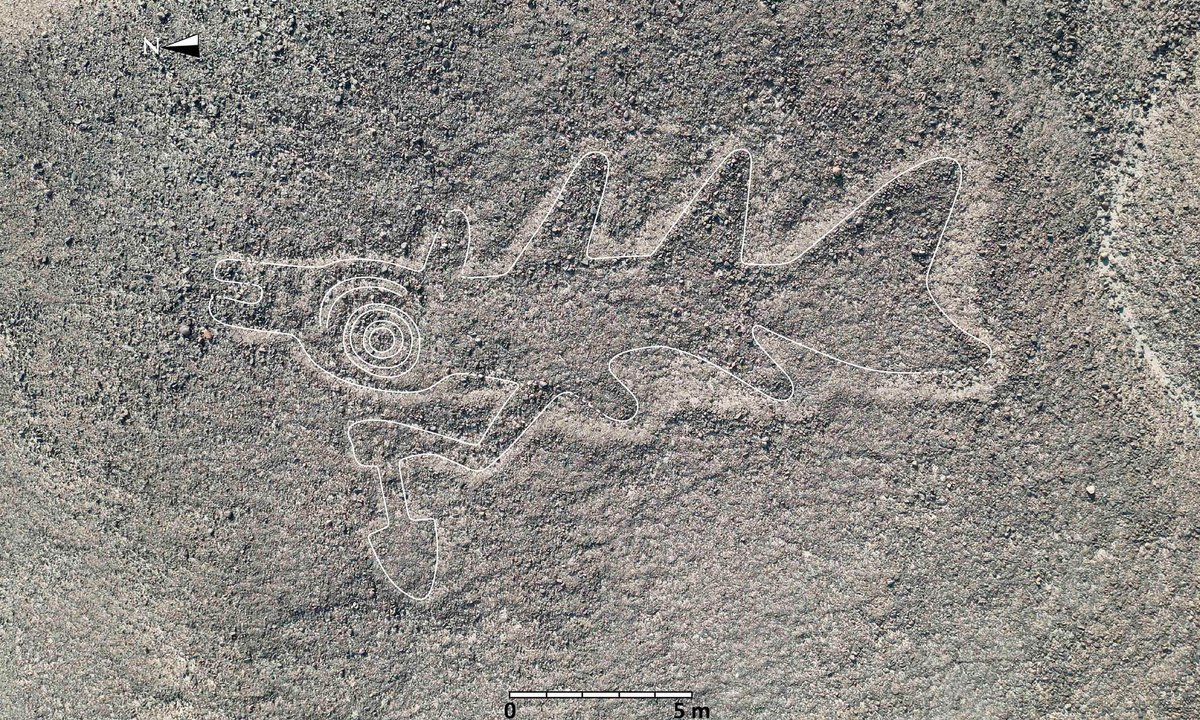
"AI can analyse vast quantities of data much quicker than humans, enabling archaeologists to discover lost heritage, particularly in South America."
"GeoPACHA utilizes AI to enhance the discovery and documentation of archaeological sites, significantly speeding up the data analysis process."
"With fine-tuning from human-labelled archaeological sites, DeepAndes becomes expert at identifying them in satellite imagery, revolutionizing archaeological research."
"DeepAndesArch has already detected over 1 million archaeological loci, illustrating the efficiency and potential of AI in uncovering cultural heritage."
Artificial intelligence is fundamentally changing how archaeologists identify and study sites, particularly in South America, through platforms like GeoPACHA. This application utilizes advanced machine learning on satellite and aerial imagery to detect archaeological remains more efficiently than traditional methods. Early human efforts covered 180,000 square kilometers, but with AI, the project identified over 1 million archaeological loci in a fraction of the area. Researchers, including Steven Wernke, emphasize that AI models can be fine-tuned with human input to enhance identification accuracy and promise significant advancements in understanding Andean heritage.
Read at The Art Newspaper - International art news and events
Unable to calculate read time
Collection
[
|
...
]